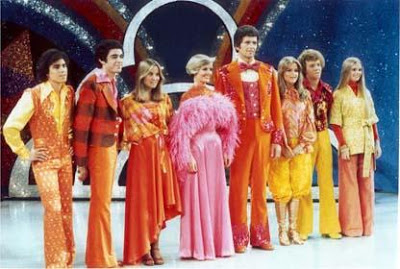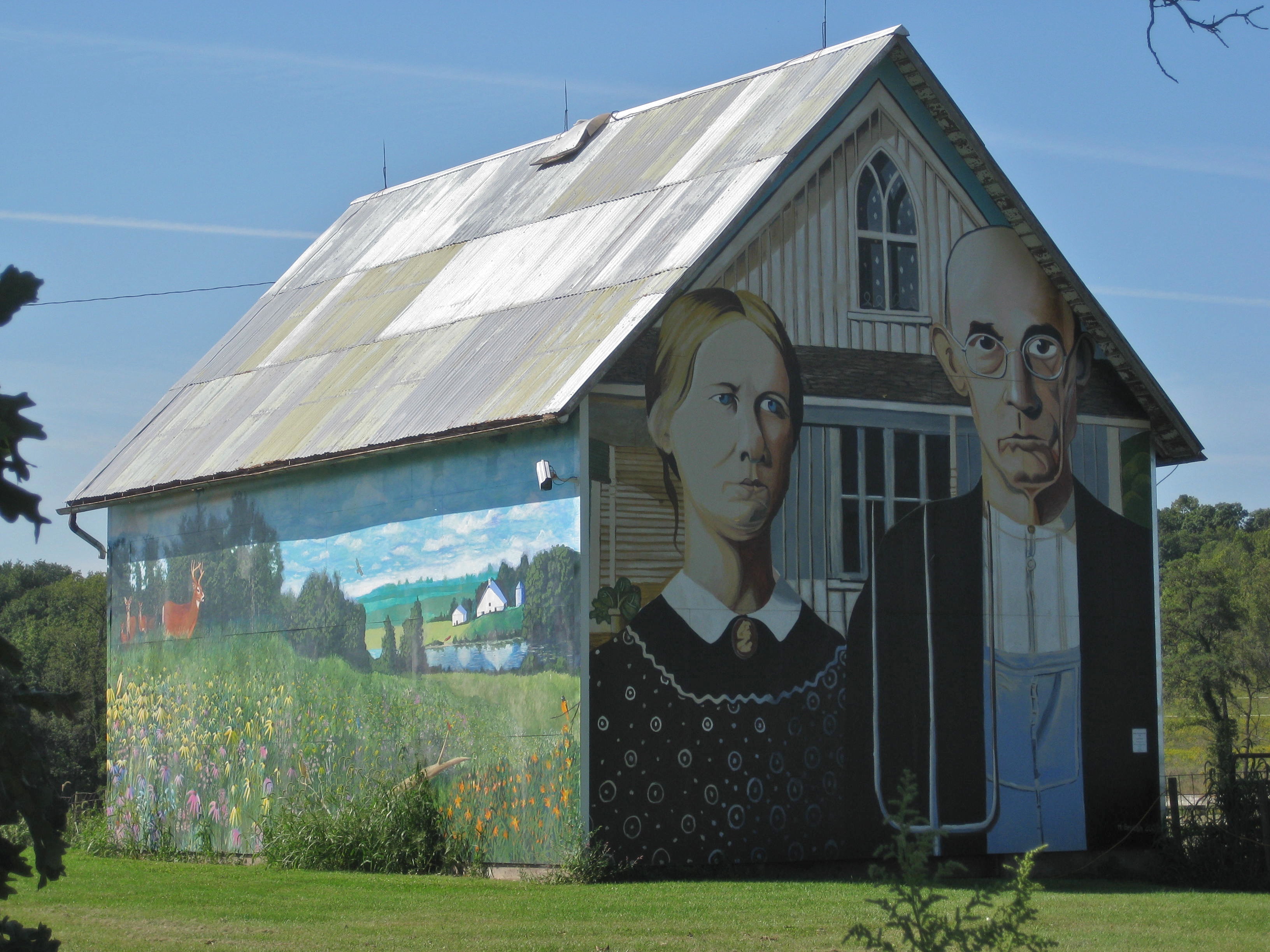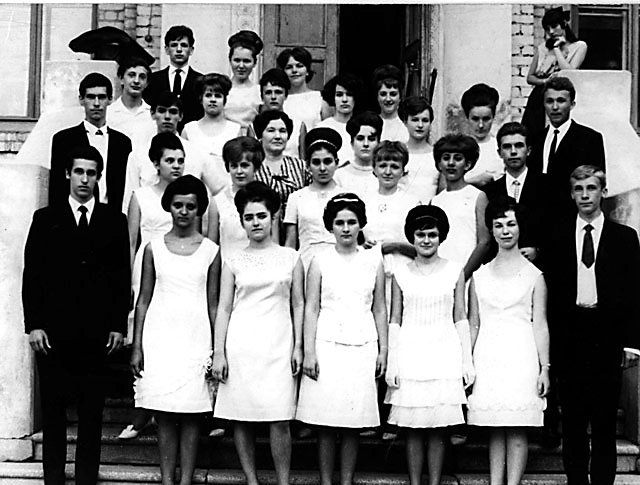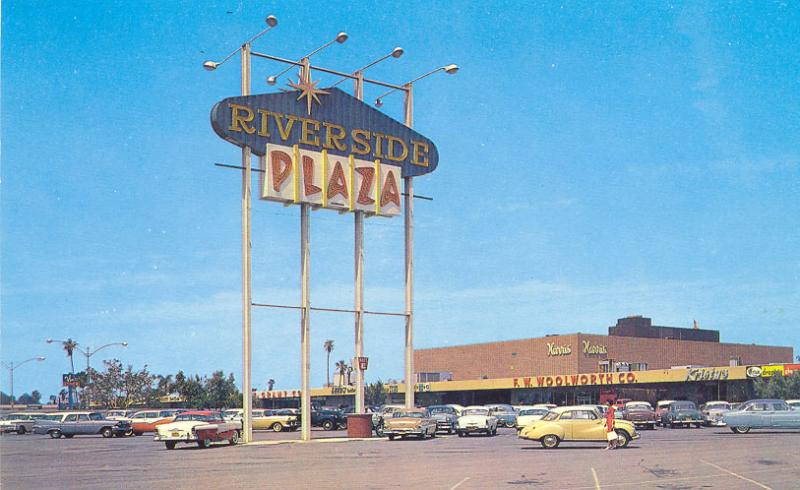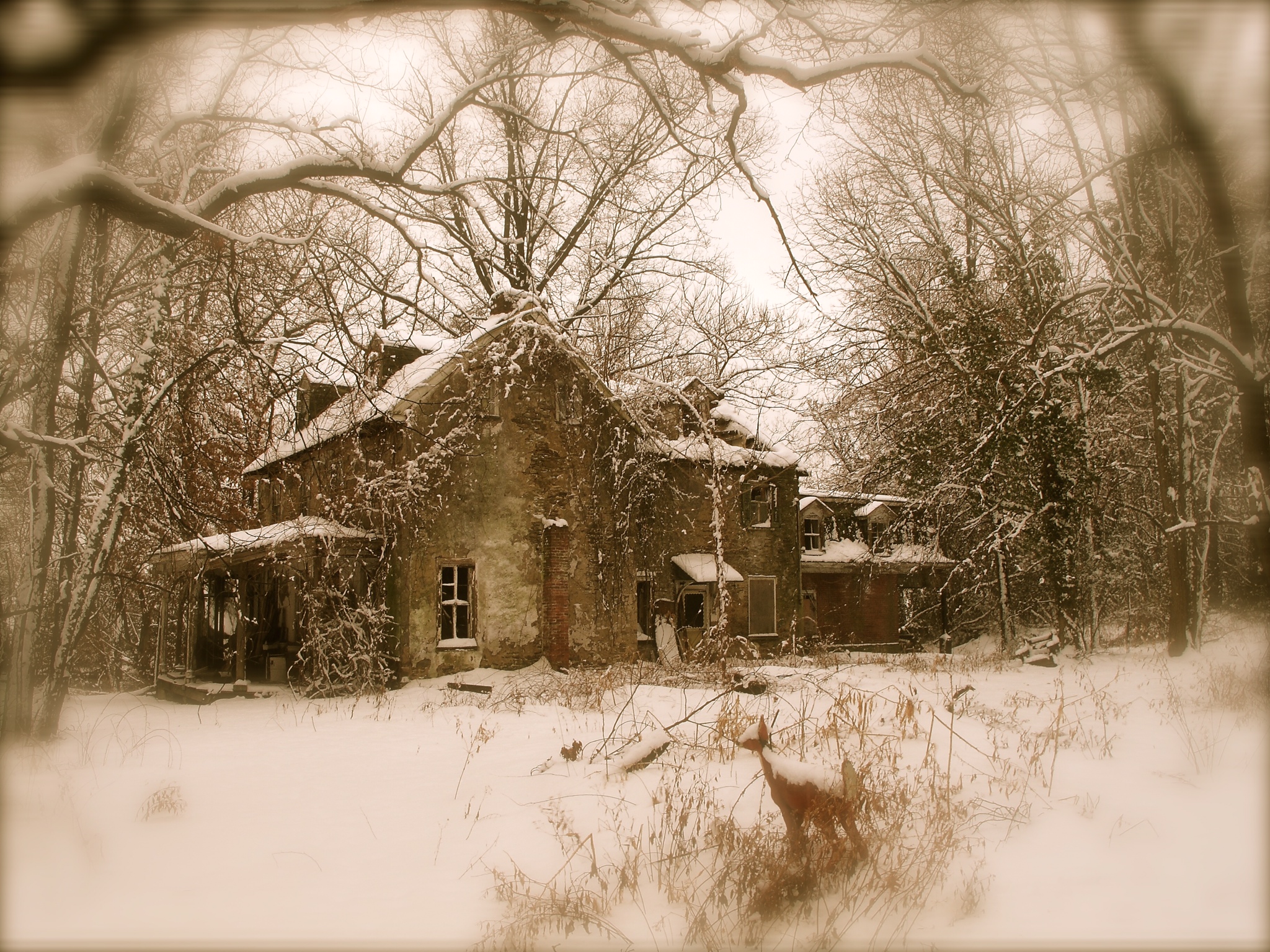

Our fave urban explorer high-fives Heidelberg before it heads to history’s heap.
Philadelphia, land of brotherly love and neglected property, is one of urban explorers’ favorite vacationlands. Dysfunctional buildings abound, all ready for the trashman, with the policeman looking the other way. It sports a macabre urban history so fascinating that it makes you want to be bad and trespass the hell through it, with your super-powered camera in high-pitched-scream mode.
That’s what our boy, John Webster, has done with his free time and his intense determintion.
Here, he tells us about the final moments of Heidelberg (the joint once-located in Cheltenham, PA) and the proud moments before it’s klutzy fall.
We’re right behind you, John!
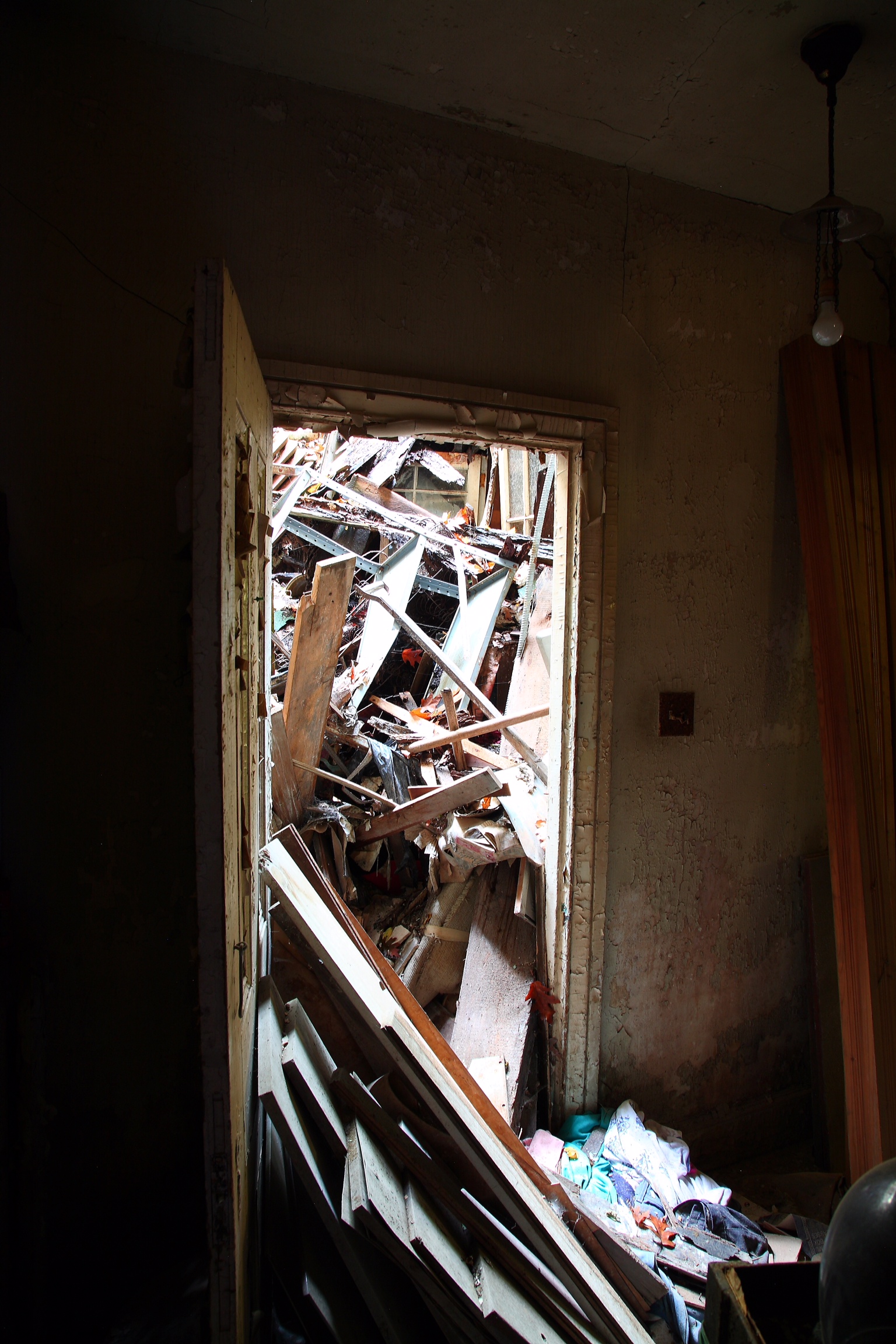
Yo, John, give us the backstory on Heidelberg.
Until about a year ago, Heidelberg was one of the oldest surviving houses in the borough of Cheltenham [Pennsylvania].
It had a long and interesting history which began about 1690, when one of William Penn’s original land purchasers- Everard Bolton- built the first part of the house, the center block. The Bolton family owned the house until the early eighteenth century, when it was acquired by Amos Jones and his family.
The Joneses enlarged the house by adding a two and a half story fieldstone addition to the east side of the original center block. The house stayed in the Jones family- who named it Pleasant Hill- until it was sold to Robert Haines and his wife Margaret Wistar in 1850.
The wealthy Germantown Quakers renamed it again, after their place of ancestral origin- Heidelberg, Germany. Robert Haines added the large south wing in 1852, and the west wing in 1892. The Haineses opened the Cheltenham Nurseries in the early nineteenth century on a portion of the large property. It contained some rare flora including some of the only known Franklinia (named by its discoverer John Bartram for his friend Ben Franklin) plants in the country.
The Haines family retained the house until the 1940s, when it was sold to two couples. First, John and Elizabeth Bowker; Hugh and Jane McLaughlin moved into the house and renamed it for the final time.
Combining the last three letters of their last names, the couples named the property Kerlin Farm. Both couples had kids, and Kerlin was a full house until the 1960s, when it had passed to John and Elizabeth Bowker’s daughter Betty.
Betty and her husband James Barclay lived there and had several children. The Barclays sold off most of the land to developers, who began surrounding the house with new residential sections.
By the 1980s, Betty’s youngest son, Ian, was the owner of the 8-acre property. In the hands of Ian, who became sort of a hermit and had several confrontations with Cheltenham officials, the house began going downhill physically.
By the mid 1990s, the property was an eyesore to the ritzy neighborhood, overgrown and dilapidated. Ian wound up in Norristown State Hospital and the property reverted back to Betty, who now lived in Maryland and was elderly. She did recognize the historical significance of the house however, with its pre-colonial privy pit and root cellar, and resisted many offers from developers.
Betty was determined to get the house on the National Register of Historic Places, and therefore save it for future generations. But legal and financial issues and Betty’s declining health kept the property in limbo for another decade and a half.
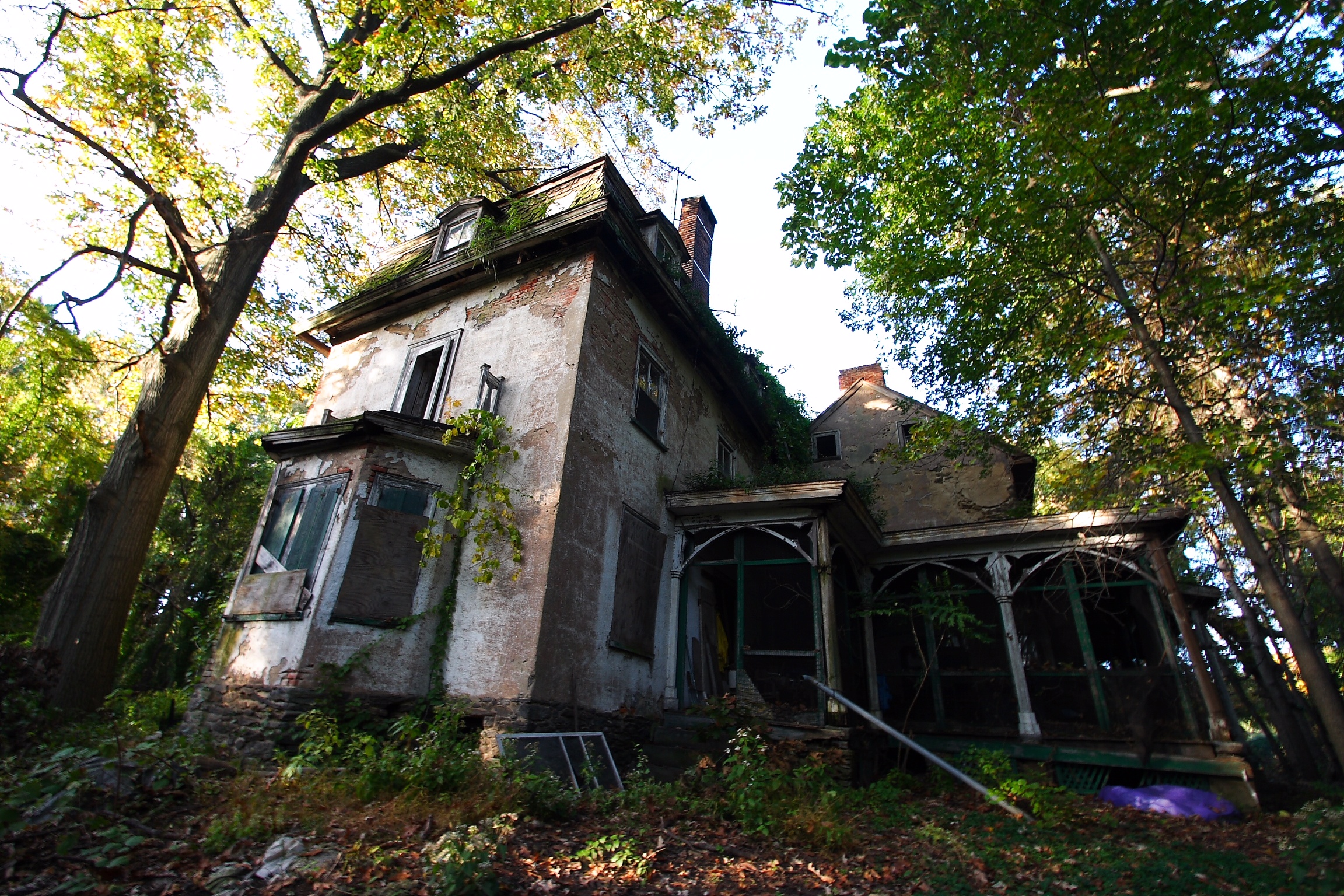
How did you come to be interested in the property?
I remember driving past the woodsy parcel and seeing glimpses through the trees of what looked like a real haunted house, but I never got interested until I read an article about the house in 2009.
What was the final chapter in the life of the house?
Finally in 2012, most of the house was demolished. The original center block and eighteenth century east wing appeared to be under rescue, but by 2013, they too were torn down.
Today, the eight-acre parcel at the intersection of Oak Lane and Ashbourne Roads remains empty, with nothing replacing the three-centuries-old homestead. There is an excellent, well-researched website about it: www.HeidelbergKerlinFarm.Wordpress.Com.
When was the last time it functioned as an attraction?
This house was always privately owned, but it was last occupied in the early 1990s.
Was there a campaign to save it? If so, why was it unsuccessful?
There was a small, local following of people who tried to save the house, but it was in such terrible condition that millions would have been needed to restore it, right at a time when the economy was terrible.
Lastly, to be cliché: Washington never stayed there or anything, so I suppose its historical significance was not significant enough.
What’s going to replace it?
Most likely, as many McMansions as a developer can squeeze onto the eight-acre lot.
How difficult was it for you to get onto the property?
Not hard at all, which surprised me because the neighborhood is very nice.
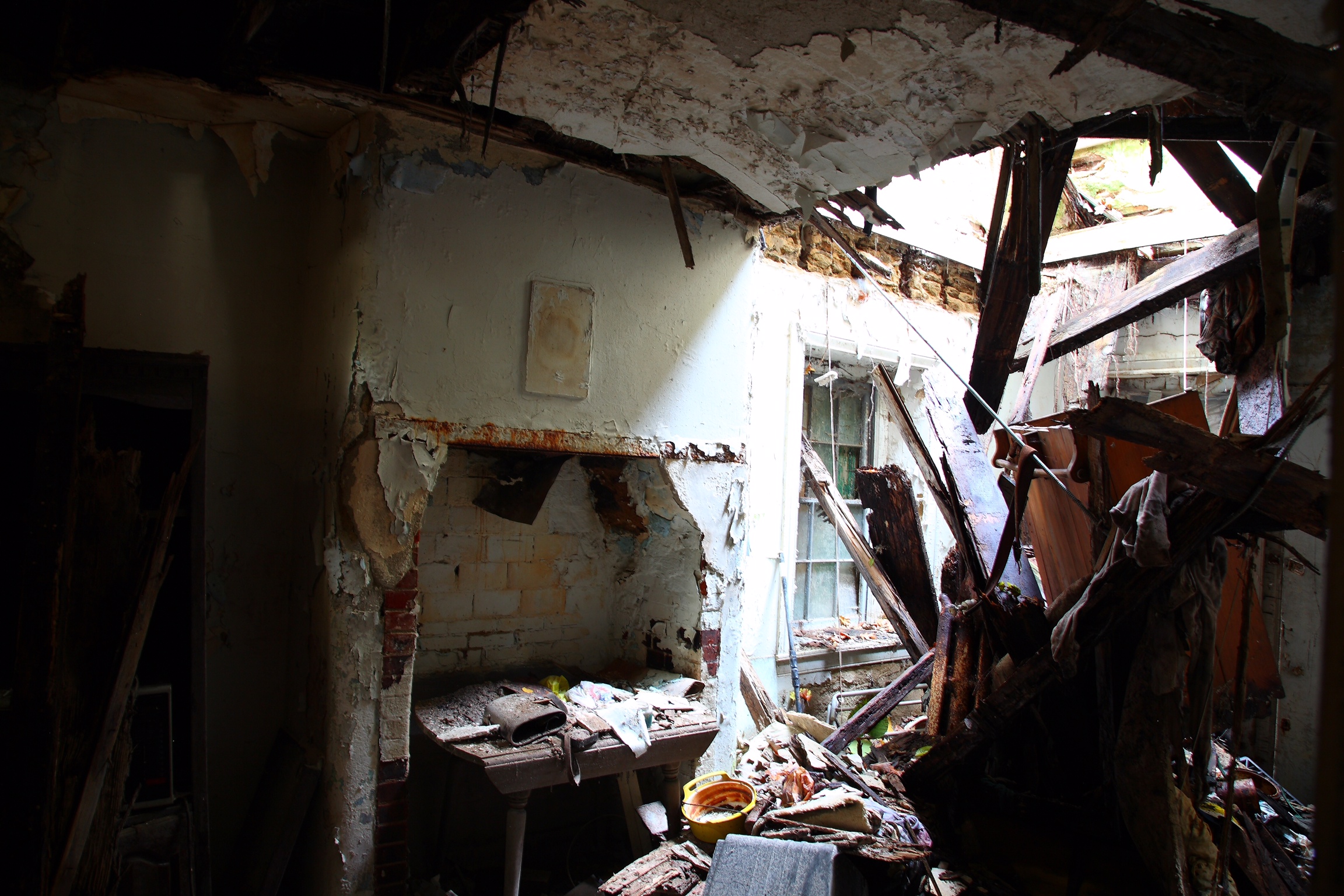
What surprised you the most as you journeyed through the grounds?
The most surprising thing about this place to me was how little it was tampered with. Not like just a mile down the road in Philly, where buildings get devoured by scrappers, vandals, and graffiti artists.
There was so much inside, from old photos and books to clothes to tools to antiques. There was a book from 1861, signed on the inside cover in ink: “To my son Casper Wistar Haines on his birthday.” How could this gift from Margaret Haines to her son Casper, or ‘Cappy’, still be sitting in a drawer in the same house where she first gave it to him 150 years earlier?
The treasures that place has provided have proven a big part of its allure to me. I donated a bunch of stuff from there to the Old York Road Historical Society, including that old book.
It’s not too late yet for an archaeological survey of the property, which I sincerely hope will be undertaken. I’m sure a lot can be found underground there, given that the ground has not been disturbed for centuries.
Urban explorer wanna-be’s: what mystery property would you like to explore? Kindly leave a comment below.






